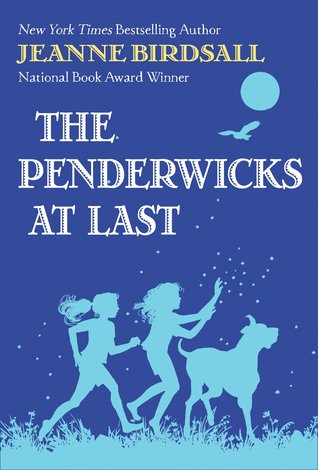Candice Miller is not enthusiastic about spending the summer
in Lambert, South Carolina, the small town where her grandmother used to live
and work. It’s not just that her grandmother’s legacy as the first woman and
the first African American to serve as City Manager was besmirched by a
scandal, but Candice is also worried about present events in her more immediate
family – her parents are divorcing, and she and her mother are in Lambert while
Candice’s father fixes up their Atlanta house for sale. But when a mysterious
letter leads Candice to dig deeper into the story behind her grandmother’s
dismissal, the summer promises to get a whole lot more interesting. With the
help of Brandon Jones, a book-loving neighbor from across the street, Candice
learns about an ugly incident in the town’s history, and the reason that, years
later, her grandmother thought that there might be treasure buried under the
municipal tennis courts.
This book is not afraid to tackle some big issues, though it
does so with a light touch. Candice and Brandon dig into the town’s history of
segregation and racism, and readers get a front-row seat to a tennis match
between teams from the town’s segregated high schools, and the violent
aftermath. There are also present-day issues of bullying, LGBTQ rights,
intolerance, and the way the past affects the present. It seems like a lot, and
this book is packed pretty full of issues, but Johnson brings everything
together into a cohesive whole. It’s timely, well-written, and entirely
age-appropriate for middle-grade readers, without softening the harsh truth.
As a puzzle mystery, this book is a little less successful.
The clues to the puzzle are all in the letter Candice finds among her
grandmother’s belongings, but it’s unlikely that young readers (or even many
adult readers) would be able to puzzle them out as Candice and Brandon do.
There’s a reference to a mathematical concept that isn’t typically taught
outside of calculus courses, plus certain mental leaps that aren’t immediately
clear. Readers who want logic puzzles that they can work out along with the
characters may be disappointed.
So, is this book a Newbery contender? I think it’s a title worthy of discussion, at
the very least. Will the weaknesses in the puzzle-novel conceit outweigh the
strong writing, the well-defined and developed characters, the interpretation
of theme, and the appropriateness of style present in this book? Only time will
tell!
Published in March by Arthur A. Levine Books
Misti Tidman is the Collection Development Librarian for Youth Materials at the Mansfield/Richland County Public Library (Ohio). She is also one of the bloggers at Guessing Geisel.



